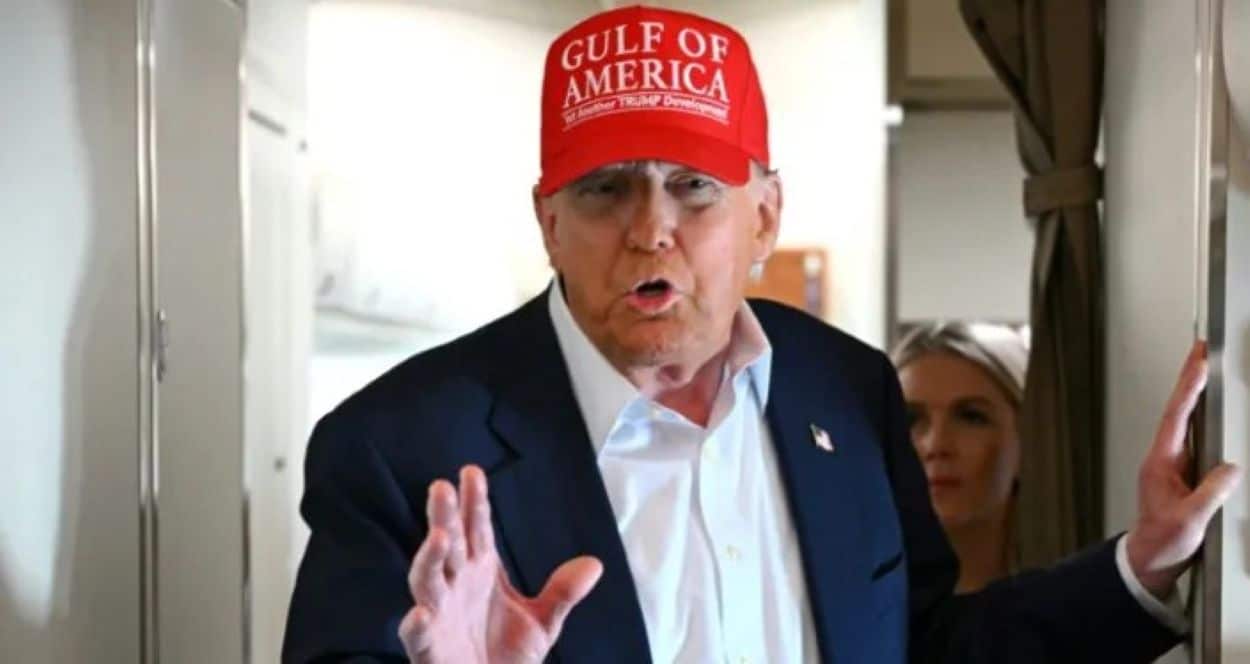On July 2, 2025, President Donald Trump announced a trade deal with Vietnam, imposing a 20% tariff on its exports while granting the US tariff-free access to Vietnam’s markets. The agreement, struck days before a July 9 deadline, averts a steeper 46% tariff.
Reuters and CNBC reported that the deal, announced via Truth Social, imposes a 20% tariff on Vietnamese goods and a 40% levy on transshipped products, targeting goods rerouted through Vietnam to bypass higher tariffs, particularly those imposed by China. Trump stated, “Vietnam will give the United States TOTAL ACCESS to their markets for trade,” enabling US products, like SUVs, to enter Vietnam tariff-free. Vietnam’s government confirmed a “framework for a fair and balanced reciprocal trade agreement,” focusing on large-engine cars, but did not specify tariff rates.
BREAKING: President Trump reveals the details of his trade deal with Vietnam that includes them paying the U.S. a 20% tariff on all goods “sent into our Territory,” a 40% tariff on any “Transshipping,” and they will allow the U.S. “TOTAL ACCESS to their Markets for Trade.”
Trump… pic.twitter.com/e9UitHTHnW
— RedWave Press (@RedWave_Press) July 2, 2025Vietnam, the US’s tenth-largest trading partner, exported $137 billion to the US in 2024, up from $50 billion in 2018, per Census Bureau data. The 20% tariff, lower than the threatened 46%, initially boosted shares of companies like Nike and Columbia Sportswear, reliant on Vietnam’s manufacturing. However, stocks later dipped as details revealed higher-than-expected tariffs, raising costs for apparel and footwear. The deal aims to curb transhipment, with Trump’s advisor Peter Navarro calling Vietnam a “colony of China” for relabeling Chinese goods.
Trump announces ‘great’ Vietnam trade deal: ‘Total access to their markets’ https://t.co/mX13Q3WZs7 pic.twitter.com/WUylKTPb73
— New York Post (@nypost) July 2, 2025The agreement, the third major deal after pacts with Britain and China, supports Trump’s “America First” policy to address trade deficits, with Vietnam’s 2024 deficit at $123.5 billion. By securing zero-tariff access for US goods, the deal strengthens economic ties and counters China’s regional influence. Vietnam’s commitment to tighter transhipment controls aligns with US concerns about intellectual property and trade fairness, though enforcement details remain unclear.
The US-Vietnam trade deal reshapes bilateral trade, balancing lower tariffs with market access while addressing transhipment. It impacts US consumers through higher import costs and strengthens Vietnam’s role as a US ally amid tensions with China. As the July 9 deadline looms, the deal sets a precedent for other nations, influencing global trade dynamics and economic stability.






